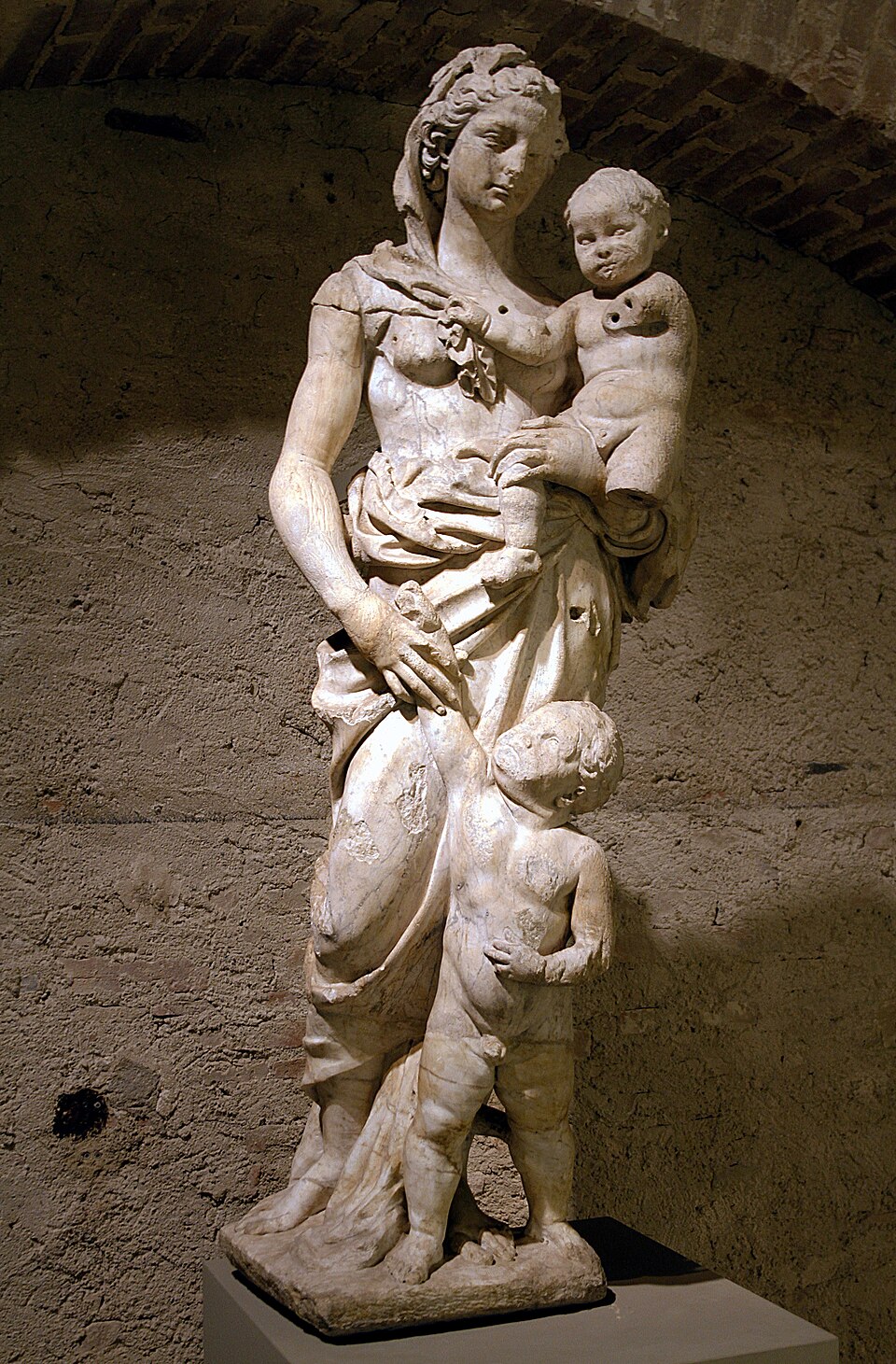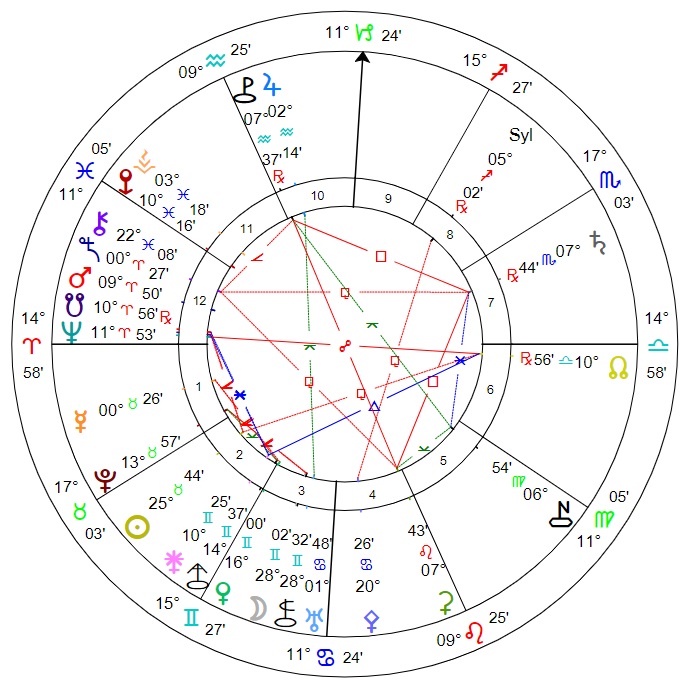Basics
Class: P/X-type asteroid
Location: Outer main belt, Cybele group
Orbit length (approx): 6.48 years
Discovered: 16th May 1866, 21:51 UTC, from Madras, India, by Norman Robert Pogson
Notes: One of the largest asteroids (approximately tied for 7th place); parent body of the Sylvia family and member of the Cybele group. Has two moons, Romulus and Remus.
Events at time of discovery:
- May 10 – London bank Overend, Gurney and Company collapses, precipitating the Panic of 1866.
- May 16 – The United States Congress approves the minting of a nickel 5-cent coin (nickel), eliminating its predecessor, the half dime.
- May 17 – Birth of Erik Satie, French composer
Naming information
Name origin: Roman; mother of Romulus and Remus by Mars
Mythology: Rhea Silvia was forced to become a Vestal Virgin by her uncle Amulius to prevent her conceiving, but Mars had other ideas. Their sons were sent to die but rescued and suckled by a she-wolf, and eventually grew up to overthrow Amulius and reinstate their grandfather Numitor as king, before moving on to found Rome.
 |
| Statue of Rhea Silvia by Jacopo della Quercia (c. 1374-20 October 1438) in the Fonte Gaia, Siena, Italy. Photo by José Luiz Bernardes Ribeiro. |
Astrological data
Discovery degree: 5+ Sagittarius
Discovery Sabian: A Game of Cricket
Discovery nodal signature: Gemini–Sagittarius
Estimated orbital resonances: Earth 2:13, Ceres 5:7, Jupiter 11:6, Saturn 9:2, Uranus 13:1
Discovery chart details: New phase chart with Neptune-South Node rising. Sylvia was sesquiquadrate Pallas. The Moon was semi-square Pluto and conjunct Chariklo, Mercury semi-square Venus and Asbolus, the Sun semi-square Mars and sesquiquadrate the North Node. Juno trine and Eris quincunx North Node. Close T-square between Saturn, Ceres and Pholus; Jupiter quincunx Uranus; Saturn sesquiquadrate Chiron.
Summary and references
Amable associates Sylvia with adoptive relationships[1]. Possible additions include impulsive or instinctive action versus careful planning; adaptability to changing circumstances; intense emotional responses challenged by logic.
References:
1) Amable: (87) Sylvia
 |
| Discovery chart for (87) Sylvia: 16th May 1866, 21:51 UTC, Madras, India. |
